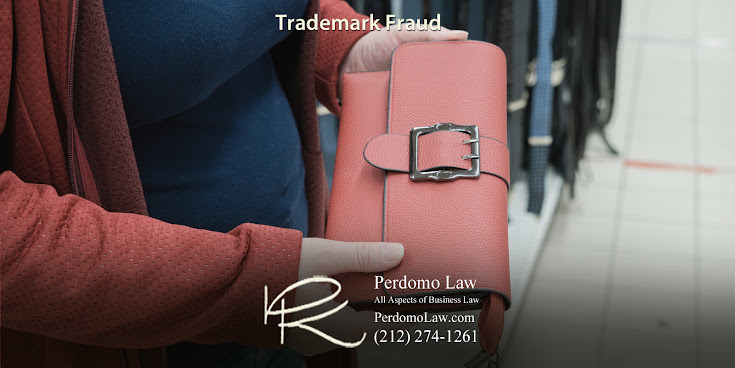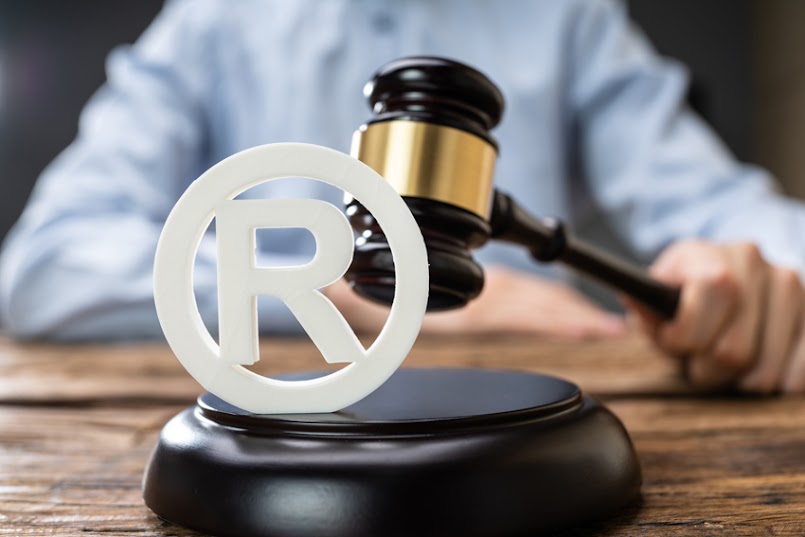What is Trademark Fraud?
What is Trademark Fraud?
Trademark fraud occurs when someone lies about their use of a trademark to register it with the USPTO. For example, registering a trademark that copies another is fraudulent activity, as is using a trademark without permission to market counterfeit goods. A Trademark Fraud Lawyer can assist those who believe someone has committed fraud with their trademarks and those accused unfairly of fraud.
What Constitutes Fraud With the USPTO?
Applications to the USPTO for registering a trademark can happen only when the applicant uses the design for their goods or services. Applicants can also apply before starting their business if they plan to market, manufacture, or distribute their products.
Fraudulent applications are when someone applies to register a trademark with no plan to use it. A common reason for this is to make the design unavailable to a competitor or someone else. Applicants cannot register trademarks to hold until they can sell them to the highest bidder. It is also fraud to knowingly register a trademark that looks like one used by a competitor and would cause confusion among consumers.
Trademark registration is only for commerce. People that make items for personal use without any intention to sell the goods cannot register a mark for these items. The USPTO also does not allow trademarks to apply to an idea or process. It must be a marketable good or service of its own.
The USPTO has a database available for applicants to search before they apply. The database allows applicants to double-check their artwork and ensure they have an original idea. It is also available for owners of a registered trademark who want to see if anyone else has borrowed their designs for their branding.
How do You Know if Your Trademark Meets the Guidelines?
A consideration for applicants when determining if a trademark legally meets the standards of the USPTO is how they will use it. Typically, trademarks are stamped into the product or its container and included on the paperwork shipped with the goods. People that offer a service rather than a tangible product should have the trademarks on signs, business cards, and in all advertisements related to the business. An application rejection or cancellation of registration could occur if none of these items include the mark.
Who Can File a Complaint About USPTO Fraud?
Only someone financially affected by a fraudulent trademark can file a complaint with the USPTO. However, a business owner who feels someone has registered a design to knowingly produce counterfeit versions of their goods with the misleading trademark should file a complaint. Trademark infringement is illegal, and a business damaged by someone else's fraudulent use of a trademark can file a lawsuit to recover losses. A USPTO Fraud Law Firm can advise their clients on the appropriate steps to manage this legal concern.
Trademark owners who discover counterfeit or pirated goods marketed under their design should contact the FBI or U.S. Customs and Border Patrol. The U.S. International Trade Commission (USITC) can also investigate if piracy and counterfeit goods continue to be a problem.
When Happens if Someone Claims Fraud on Your Trademark?
Trademark owners could find themselves in a dispute with another registered owner even if they follow all the rules. Contact a USPTO Fraud Attorney to help with the case. Similar trademarks can receive approval around the same time. The research will first prove who used and registered their marks to determine who has ownership.
Sometimes matching trademarks are used by multiple companies without a problem. Experts refer to the issue as trademark coexistence. It typically happens when the businesses are in different industries and operate in regions away from the other. Companies that suddenly begin sharing sales territories or offering the same products can struggle to coexist peacefully. In these instances, the USPTO may believe a registered owner committed fraud if their product line changed dramatically after the registration approval.
Contacting a law firm that handles trademark fraud cases can help any business owner preserve their trademark rights. They can respond to the initial claim and represent the business in any court hearings. Law firms also protect their clients by researching the registration and the use of the trademarks registered to the entity that filed a complaint.
About the Author
Fran Perdomo of Perdomo Law has experience with trademark regulations regarding registrations and use. The law firm reviews the information during a free consultation to determine if fraud charges are needed. They can also review any fraud complaint against their client. The attorney will then recommend how to proceed with the case. Contact the Perdomo Law Firm for more information about trademark fraud.




Comments
Post a Comment